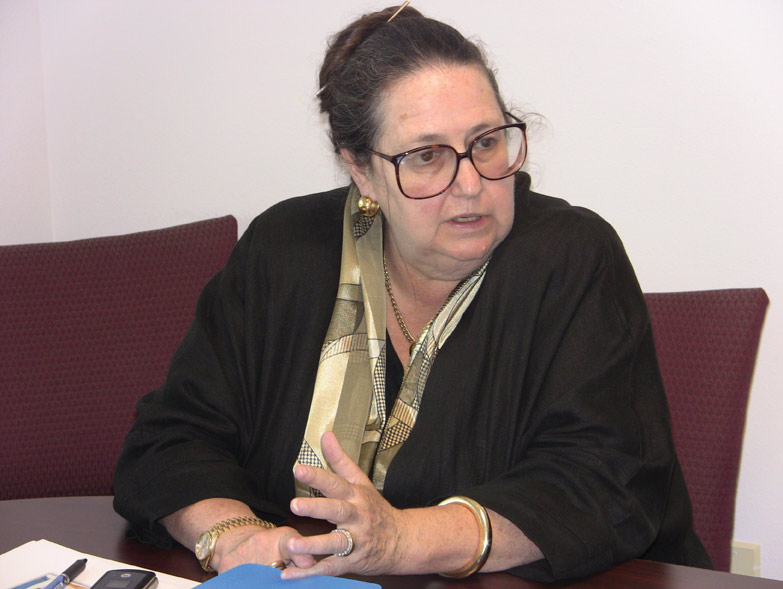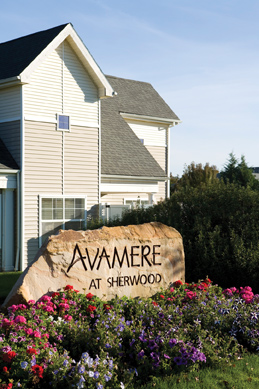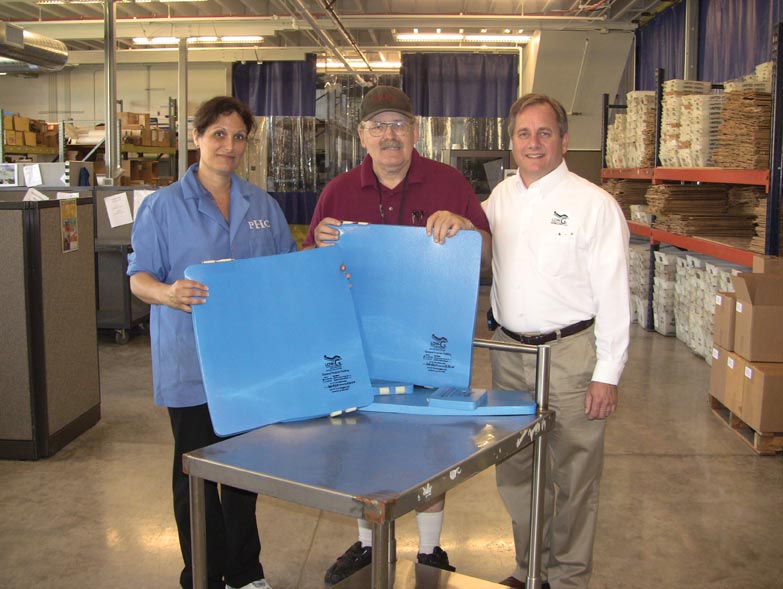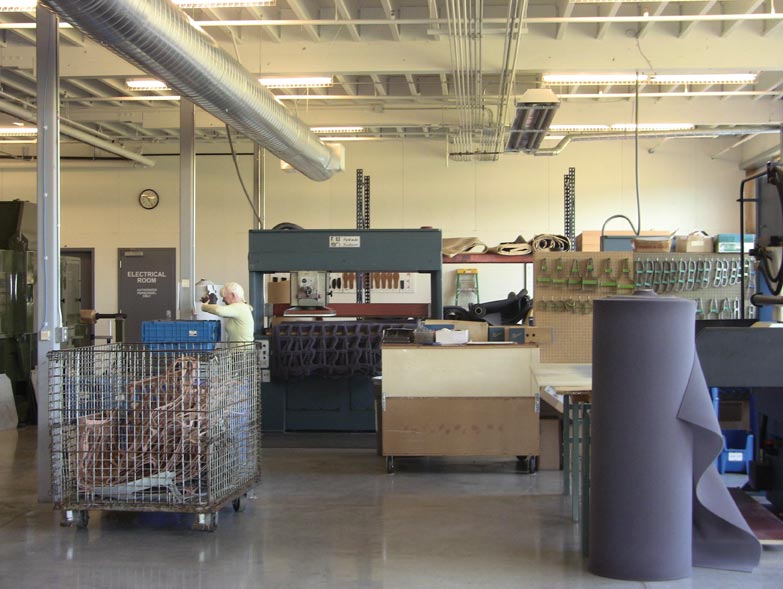 The natural beauty that is the Pacific Northwest is obvious to the eye, with rolling views of mountain ranges seemingly at every turn in a drive around Portland, Ore. Mount Hood lies to the east of town and Mount Saint Helens and Mount Ranier north into Washington, making the region a dictionary definition of the word scenic.
The natural beauty that is the Pacific Northwest is obvious to the eye, with rolling views of mountain ranges seemingly at every turn in a drive around Portland, Ore. Mount Hood lies to the east of town and Mount Saint Helens and Mount Ranier north into Washington, making the region a dictionary definition of the word scenic.
Oregon is where Provider Senior Editor Patrick Connole spent most of his time for this edition of On the Road, looking at how the state is handling budgetary pressures and with it provider reimbursement rates for the Medicaid program. Providers here, like elsewhere, keep one eye firmly glued on what lies ahead for payment, while at the same time continuing to care for residents in the most efficient way possible in a sluggish economy.
Van Moore, senior vice president for Westcare Management based in the Oregon capital of Salem, operates two facilities in the state. He says the leadership of the Oregon Health Care Association (OHCA) has fended off deep Medicaid cuts, at least for the short term.
“OHCA and Jim Carlson [association president] have done a stellar job for us. In this year that everybody has suffered with huge cuts, nursing homes were held harmless [with no cut],” Moore says.
"This is recognition by the legislature of the importance of long term care, not only the work we do for our frail and elderly but the amount of jobs we provide.”
Oregon’s legislature will revisit the provider reimbursement rates for nursing care next year, and if the economy does not mend faster, there could be debilitating results, he says.
“If revenue falls short, we could be looking at as much as a 19 percent cut in rates next year [July 1, 2012, to July 1, 2013],” Moore says.
Money Matters Impact Business
Westcare operates the 51-bed Myrtle Point Center skilled nursing facility, which lies along the Oregon coast region. The company also has been contracted by the Veterans Care Centers of Oregon to operate the Oregon Veterans Home in The Dalles, Oregon. That facility has 150 beds.
The general sentiment with providers like Moore is that state residents are taking their time in moving family members to long term care because of the uncertain economy.
“People get laid off from their jobs, and when they think of ways to make ends meet, they look at mom and dad and delay decisions until they are physically unable to take care of their family anymore. This really harkens back to the pre-Johnson [President Lyndon Johnson] days before Medicaid, when more families were nuclear and took care of their own,” Moore says.
The unique nature of providing nursing care in Oregon is that the state is a flat reimbursement state, a fact that Moore says dissuades the building of new facilities.
“Since I moved here 22 to 23 years ago, I think there have been three standalone nursing homes built in the state,” he says, adding that the flat $212 per day Medicaid reimbursement does not incentivize the building of new buildings.
Oregon In Search Of Health Care Solutions

Betsy Johnson, state senator for the 16th district in Oregon’s legislature and owner of a helicopter business, is intently interested in health care for her constituents, serving on the Oregon Health and Sciences University Foundation and the Oregon Senate Ways and Means Committee.
She founded a helicopter company that ferried members of the U.S. Geological Survey back and forth to the Mount St. Helens site after the eruption in 1980. Her motto is, “your wallet, we haul it,” she jokes.
Johnson says policymakers are eager to reform the state’s health care system. Oregon Gov. John Kitzhaber (D), a former emergency room doctor, recently signed into law changes to the Oregon Health Plan meant to coordinate care and reduce costs.
The state faced an $860 million budget gap between available funds and costs for the Oregon Health Plan. Reduced provider reimbursement rates and increased hospital provider taxes will make up most of the deficit, with the remainder paid for by the reorganized health plan.
The governor said the goal is to get state residents better care at lower costs.
Johnson says the new law is a start but more “meat will go on the bones” of the measure when the legislature reconvenes in February.
Avamere Seeks Growth Amid Uncertainty
A major player in the provider community in Oregon is the Avamere Family of Companies. Based just south of Portland in Wilsonville, Ore., Avamere ranked 38th in the Provider magazine Top 50 Largest Nursing Facility Companies in 2011, with more than 2,400 beds. Avamere also ranked 39th in the magazine’s Top 40 Largest Assisted Living Companies, with a total assisted living occupant capacity of 573.

Rick Dillon, president of Avamere, says the company has 4,500 employees, 3,500 in Oregon alone. In many of the locales where Avamere has facilities, they are the largest employer in town, he notes. Dillon sees what is going on at the statehouse in Salem and in the U.S. Congress in Washington, D.C., as major concerns for his employees and his residents.
“It has been so difficult to plan ahead when you don’t know what you are going to be paid,” Dillon says.
Echoing Moore, he says long term care providers were fortunate in the last go-round, when the state decided to “flat-fund” skilled nursing and assisted living. There was, however, a $3 per day increase from July 1 in the provider tax.
Assisted Living Holds Its Own
Many assisted living facilities have seen potential clients take to the sidelines waiting for improvement in the housing market, says Nicollete Merino, Avamere regional director of operations.
“Individuals that might need assisted living may well have sold their homes in previous times, but a lot of people can’t sell their homes now,” she says. So, with the economy the way it is many people in need of care put it off until later, when their health may weaken as they grow older.
This results in a cascading effect. Assisted living becomes more like what a nursing facility used to provide in the way of care and services, and nursing facilities become more about sub-acute care.
The level of care and need for assistance in assisted living is growing every year, Merino says.
“We are seeing many Medicaid clients in our buildings. More and more are coming in on Medicaid, probably around 30 to 40 percent,” she says.
The changes in the type of care taking place in assisted living affects who works in a facility.
“It does make for changes for who works in the buildings. Five or six years ago you didn’t have to deal with something like bladder issues, it was walking around with a walkie-talkie. So, you are getting a different type of caregiver, more direct-care oriented,” Merino observes.
Better training has also resulted from this higher level of care with a lot of additional educational requirements in Oregon, she adds.
Oregon Firm Ties Aerospace To Long Term Care
The Pacific Northwest is known for being home to the cutting-edge technology of the aerospace industry, feeding off the long-time presence of Boeing Corp. and scores of related firms fulfilling the supply needs of a business in which the United States remains a world leader.

At a time the government is transitioning the health care system into one based on providing high-quality care at low cost, and demanding providers measure their results in achieving these goals, it is firms like Scappoose, Ore.-based Low-G Technologies that are positioning themselves for this changing environment.
Low-G is a privately held company that makes the Low-G® Skin Pressure Protection System, an overlay for beds that aids in the prevention of pressure ulcers, a constant threat to the well-being and even survival of residents in nursing facilities. The technology used in the overlay comes from the materials and knowledge acquired from a separate aerospace company (Oregon Aero) that the founders of Low-G have run for decades and that provides seating, helmet padding, and other related products for clients, including the U.S. military.
From Pilots To Nursing Residents
At the start of the first Gulf War, the wide-scale adoption of aerial refueling for U.S. military combat aircraft was started. The average mission length for many air crew members was extended from an average of 90 minutes to more than eight hours.
Pilots in turn started to exhibit serious pain and discomfort from the longer missions, with some developing pressure ulcers caused by aircraft seats and flight helmets. These injuries would often leave aircraft crew members off-duty for months at a time to deal with the problem.
This problem sounds all too familiar to nursing care providers.
Around 11 percent of nursing facility residents experienced a pressure ulcer in 2004, according to a study for the National Center for Health Statistics. The cost of treating an individual pressure ulcer ranges from $5,000 for a Stage I to $70,000 for a Stage IV.
The total annual cost to hospitals nationally for the treatment of pressure ulcers is hard to quantify but ranges from $2.2 billion to $10 billion. The Agency for Healthcare Research and Quality said in 2006 there were 503,300 hospitalizations with pressure ulcers noted as the injury in the diagnosis.
In more stark terms, people’s lives are lost to pressure ulcers.
The national Pressure Ulcer Advisory Panel reports that as many as 60,000 people die every year as a direct result of pressure ulcer complications. That is roughly equivalent to a 767 airliners crashing each day.
It Starts In Scappoose
The facility at the Scappoose airport contains the brains of the operation, with designers and machine operators piecing together a number of products, all focused on keeping the body comfortable and healthy.
“We are in the business of preserving human tissue,” says Casey Dennis, who acts as director of marketing and client support for Low-G. He adds that what makes the firm’s bed overlay unique is its origin in a high-tech world where performance has always been measured by keeping air crews at ease under the most trying of conditions.
Nursing care is well-accustomed to trying conditions as well, with residents often in a bed for long periods, creating friction on the skin, along with fermenting heat and moisture in the process.

From a broader perspective, a bed overlay is not a cure-all for the state’s budgetary challenges, but it could play a role in reducing costs while bolstering an Oregon company and growing jobs in a tough economy, lawmaker Johnson says. “We are eager to advance the innovation economy [in Oregon].”
Making The Case For more acute Care
The picture in Oregon looks similar to many states: a large population of elderly and frail in need of care in an increasingly more acute state of health. The state is trying to figure out how to revamp its programs to meet these needs in the lowest-cost environment as possible, while caring for increasing demands brought on by federal health care reform.
The common denominator is quality care and low cost, from provider to lawmaker to manufacturer, that is the driving force, the mantra of a new age. Bringing some high-tech help from the world of flight may be one way to help stem the tide.